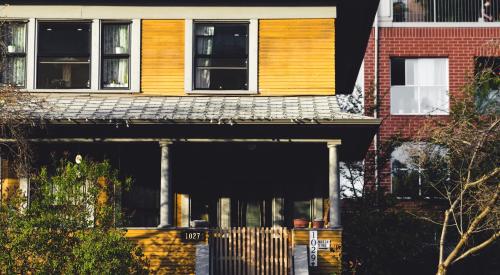The last housing boom was pushed up by riskier lending practices that ultimately led to a crash. The next boom may be more sustainable, helped by rising minimum wages.
As companies raise their minimum wages, opportunities for "involuntary renters" to become homeowners start to grow, as do chances that older neighborhoods will gain needed reinvestment. Bloomberg columnist Conor Sen explains that homes in some older neighborhoods are not maintained as well by their owners, and once they move, the homes may become cheap rentals or be abandoned, "and the neighborhood enters a downward spiral as buyers with means look for newer, more attractive neighborhoods. Falling property values take a toll on tax revenue for local governments."
In high-cost cities, $15 or $20 an hour might still not go very far given the cost of living, but when those minimum wages apply across the country, they create financial options for employees in lower-cost communities. Consider a two-income household in 2021 in which one person is a Bank of America employee making $20 an hour, and the other a Target employee making $15 an hour. If both people work full-time, that's a household with a $70,000-a-year income. A household in that income bracket can service the mortgage on a house in the $250,000 to $300,000 range with a loan from the Federal Housing Administration with a 3.5 percent down payment. In lower-cost communities, that’s a lot of house.













